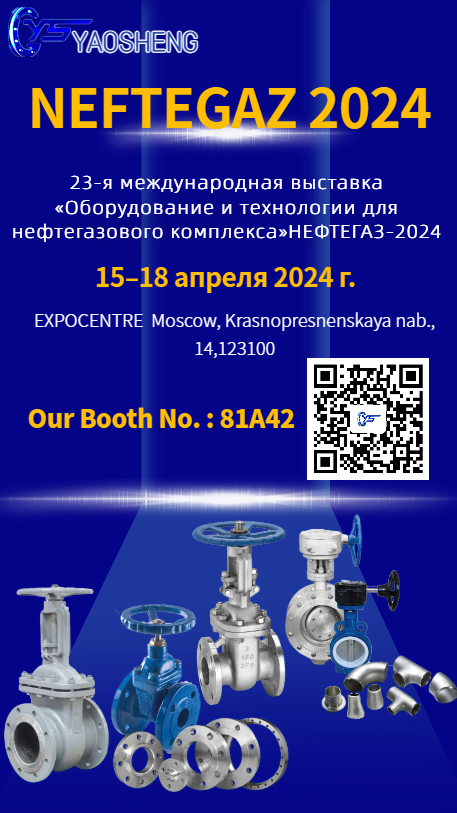lugged and tapped butterfly valve
Understanding Lugged and Tapped Butterfly Valves
Butterfly valves are essential components in various industrial applications, serving as flow control devices that regulate the flow of liquids or gases. Among the different types of butterfly valves, lugged and tapped butterfly valves stand out due to their unique design features and functionalities. This article aims to provide an in-depth understanding of lugged and tapped butterfly valves, their construction, applications, and benefits.
What is a Butterfly Valve?
A butterfly valve consists of a disk that rotates within the valve body to open or close the flow of fluid. The disk, commonly referred to as the butterfly, is mounted on a shaft that pivots either 90 degrees or 360 degrees. In the closed position, the disk acts as a barrier, preventing the flow of fluid, while in the open position, the disk aligns with the pipe, allowing for unobstructed flow.
Lugged and Tapped Butterfly Valves
Lugged and tapped butterfly valves are variations equipped with distinct mounting styles catering to different installation needs.
1. Lugged Butterfly Valves A lugged butterfly valve features lugs—protruding metal parts—attached to the valve body. These lugs allow for easy installation and removal without the need for a downstream flange. This characteristic is particularly advantageous in systems that require frequent maintenance or replacement. Generally, lugged valves are used in dead-end service applications, where piping may not be guided well, allowing for greater flexibility in pipe configuration.
2. Tapped Butterfly Valves Tapped butterfly valves, on the other hand, come with tapped holes located on the valve body. These tapped holes can accommodate bolts for secure installation between two flanges. One principal advantage of tapped butterfly valves is their ability to provide a more robust seal due to the direct connection to the piping system. This makes them particularly beneficial in high-pressure applications where leakage can pose safety risks.
Applications of Lugged and Tapped Butterfly Valves
Both types of butterfly valves have a broad range of applications across various industries, including
- Water and Wastewater Treatment These valves are often used in treatment plants for controlling the flow of water and effluent.
- Chemical Processing The robust design of lugged and tapped butterfly valves makes them suitable for handling corrosive liquids in chemical plants
.lugged and tapped butterfly valve

- Food and Beverage Industry Due to their ability to provide a clean and unobstructed flow, these valves are ideal for applications where hygiene is critical.
- HVAC Systems They are utilized in heating, ventilation, and air conditioning systems for controlling airflow.
- Pulp and Paper Industry The valves are used in processes that require precise control of liquid flows, such as pulping and bleaching.
Benefits of Lugged and Tapped Butterfly Valves
1. Space-Saving Design Both lugged and tapped butterfly valves are compact, making them ideal for installations where space is limited.
2. Efficient Flow Control Their low pressure drop during operation ensures efficient flow management, minimizing energy consumption.
3. Versatility With various materials available, these valves can be tailored to meet the requirements of different applications, including high-temperature or corrosive environments.
4. Ease of Operation The design allows for swift opening and closing, providing quick response times for flow regulation.
5. Maintenance The ease of installation and removal of lugged butterfly valves makes them particularly advantageous in systems requiring regular maintenance.
Conclusion
Lugged and tapped butterfly valves are integral components in many industrial scenarios, effectively functioning as flow control devices. Their design features cater to a wide array of applications, offering advantages such as space savings, efficiency, and ease of maintenance. Understanding the differences between these two types of butterfly valves allows operators and engineers to make informed decisions, ensuring optimal performance and safety in their respective systems. As industries continue to evolve, the demand for reliable and efficient flow control solutions like lugged and tapped butterfly valves will undoubtedly increase.
-
The Key to Fluid Control: Exploring the Advantages of Ball Valves in Industrial SystemsNewsJul.09,2025
-
The Versatile World of 1, 2, and 3 Piece Ball ValvesNewsJul.09,2025
-
Stainless Steel Ball Valves: The Ideal Choice for Efficient Flow ControlNewsJul.09,2025
-
Optimizing Fluid Control with Ball Float ValvesNewsJul.09,2025
-
Manual Gate Valves: Essential for Control and EfficiencyNewsJul.09,2025
-
Everything You Need to Know About Butterfly ValvesNewsJul.09,2025
-
The Versatility of Wafer Type Butterfly ValvesNewsJul.08,2025




